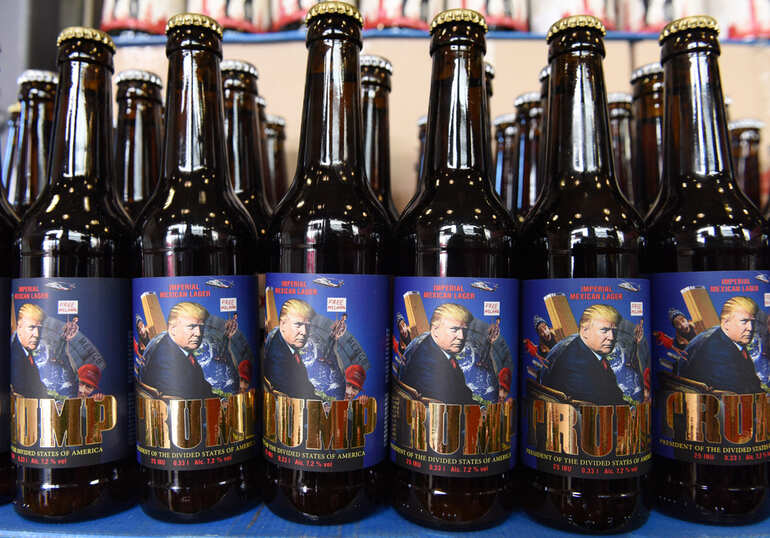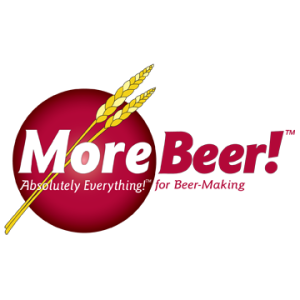Beer has been more than just a drink in American history, it’s been a witness, a participant, and sometimes a revolutionary act. From colonial taverns to Prohibition times, from immigrant breweries to today’s craft beer renaissance, beer has shaped the country just as much as politics, war, and culture. To understand America, you might not only read the founding documents but also take a sip of its history—one pint at a time.
And that’s understandable. Homebrewing and beer make us who we are. Like nursing is to the health field. You can have doctors, and you can have medicines, but you can’t make it work without nurses.
Just as the history of brewing or homebrewing gives us insights into the history of society, so does the history of nursing. Both require an understanding of past practices to move forward. Nursing theses explore historical medical advancements, ethical dilemmas, and patient care evolution—just as beer reflects technological progress and cultural change. And just like you’d buy a writing service and get some nursing dissertation help, you’d go buy a beer most times you go to a bar. Looking at history through either lens, whether beer or healthcare, enriches our appreciation of human innovation and grit.
Brewing the Revolution
Today, you might come across this story as a student. Or, some assignment that your professor has given you. But if you started researching historical brews, you’d come across some interesting facts.
The story of America’s birth is often told through the lens of political philosophy, taxation, and war. But what if we followed the foamy trail of beer instead? Colonial America was ale mad. Water was undrinkable, so beer was the drink of choice—everyone drank it, even children. It was nutrition, a social lubricant, and a trade commodity.
Samuel Adams, the firebrand revolutionary, was also a brewer, though by most accounts not a very good one. His cousin, John Adams, wrote in his diary that he started each day with a mug of hard cider, but it was the beer that fueled the independence debates. Taverns like the Green Dragon in Boston weren’t just places to drink; they were political hotbeds where revolutionary ideas fermented just as surely as the beer in the barrels.
“No taxation without representation” wasn’t just a slogan—it was a toast. The Sons of Liberty who orchestrated the Boston Tea Party likely toasted their rebellion with pints of colonial ale brewed from molasses and local grains. In many ways, beer was the unofficial drink of revolution.
The Lager Boom: Immigrants and Industry
By the mid-19th century, America had changed. The Revolution was won, the frontier was expanding, and a new wave of immigrants arrived with their own traditions—including a different kind of beer. The British-style ales of early America were slowly replaced by German-style lagers. These newcomers brought knowledge of cool fermentation techniques and introduced a lighter, crisper beer that was easier to produce in large quantities.
Names like Busch, Pabst, Schlitz, and Yuengling weren’t just beer barons. Instead, they were symbols of the American Dream. The German immigrants developed brewing into a powerful industrial operation. At the end of the 1800s beer had transformed from a local tavern-brewed product to become a prominent economic industry that created employment and developed urban features. Milwaukee alongside St. Louis and Cincinnati transformed into the leading beer centers that thrived through the keg-filled beer production.
The popularity of beer spread among ordinary working people. The combination of industrial work and railway labor resulted in overwhelming worker thirst which compelled them to seek refreshment. Working-class employees chose Lager as their common beverage because it contained less alcohol which enabled them to drink continuously throughout the day without losing efficiency. Hispanic immigrants introduced casual beer garden settings which offered families entertainment through music along with discussions of political topics while they celebrated their new American lifestyle.
The Great Dry Spell: Prohibition and the Underground Brew
Then in 1920, America made a shocking decision—it outlawed beer. The temperance movement gained momentum in the late 19th century, arguing that alcohol led to crime, poverty, and moral decay. The 18th Amendment and the Volstead Act banned the production and sale of alcoholic beverages, including beer.
But Americans didn’t stop drinking. Instead, they got creative. Homebrewing became a clandestine art, and illegal speakeasies flourished. Organized crime took over the beer business with figures like Al Capone running elaborate bootlegging operations. Beer, once a symbol of liberty, had become an act of defiance.
Prohibition didn’t destroy America’s thirst for beer, it only made it stronger. By the time the ban was lifted in 1933 thanks to President Franklin D. Roosevelt’s campaign promise to “bring back beer,” the country celebrated with a nationwide toast. The beer industry was battered but resilient and returned with a vengeance.
The Post-War Standardization: The Rise of the Big Brewers
After Prohibition, the beer industry consolidated. Many small breweries went under, and there was room for giants like Anheuser-Busch, Miller, and Coors to take over. Post-war America was an era of mass production, and beer was no exception. The 1950s and ‘60s saw the rise of light, uniform lagers—crisp, refreshing and highly marketable.
Advertising played a big role. Television turned beer into a lifestyle with commercials featuring rugged men enjoying cold brews after a hard day’s work. Brands like Budweiser and Coors became household names. But while the big brewers thrived, they also erased much of the diversity that had once characterized American beer.
The Craft Revolution: Reclaiming the Brew
The beer had transformed into a monotonous collection of pale lagers across the 1980s. America had previously rebelled against established norms making another revolution essential to occur in the brewing industry this time.
The craft beer movement started with homebrewers who re-discovered old recipes along with European traditional brewing techniques. The homebrewers sought a beer that displayed personality and possessed narrative value. Veteran brewers Ken Grossman of Sierra Nevada and Jim Koch of Sam Adams (a fitting name) brought the bold flavors of IPAs, stouts, and porters to American taste buds. New microbreweries spread across America during this time just like colonial brewers and homebrewers had done centuries ago.
Today, craft beer is more than a drink—it’s a cultural force. It’s regional pride, experimentation, and a rejection of corporate standardization. Brewers are resurrecting historical recipes, using local ingredients, and creating beers that reflect their communities. From New England hazy IPAs to Kentucky bourbon barrel stouts, each pour is a piece of American history in liquid form.
History on Tap: Teaching Through Beer
Imagine an American history class where students don’t just read about the past, they taste it. A sip of colonial-style ale while discussing the Revolution. A crisp German lager while learning about 19th-century immigration. A near beer while analyzing Prohibition. A modern hazy IPA while debating today’s economic and cultural shifts.
Brewing or homebrewing has always been a reflection of America itself, its struggles, its triumphs, and its innovations. To study its history is to study the nation’s history. And just like the country, beer continues to evolve, proving that even after centuries, the story of America is still fermenting. Today, we study the concept of prohibition and the story of America through sites like Studybay, but you can’t deny that whether you’re a student or a professor, this is one interesting story to know!








